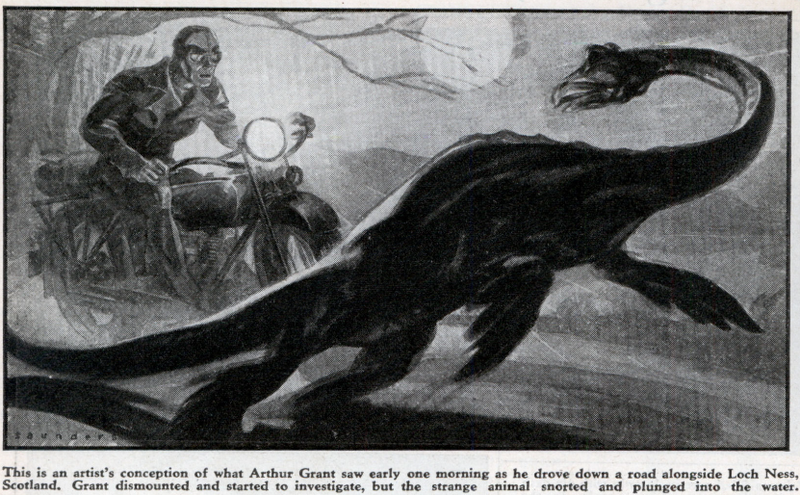
Scientists concluded after careful fossil analysis that the existence of the legendary Loch Ness Monster is plausible.
Researchers from Universities of Bath and Portsmouth in the United Kingdom, Université Hassan II in Morocco, the and the University of Bath in the UK have discovered fossils of small plesiosaurs, an extinct, long-necked reptile.
According to the research published in Cretaceous Research, the fossils were found in what is now Morocco's portion of the Sahara Desert, but 100 million years ago it was a body of freshwater.
9-Foot Adults and 5-Foot Babies
The recent data suggests that marine reptiles, which were once thought to be sea creatures, may have lived in freshwater habitats. The bones and teeth of an adult plesiosaur measuring 9 feet long, as well as a baby plesiosaur bone measuring 5 feet, make up the fossilized remains.
The Loch Ness Monster, also famously known as Nessie, is a mythical creature believed in Scottish folklore. According to folklore, a long-necked creature still lives in the loch's depths in the Highlands, where Loch Ness is thought to be the creature's home.
The first plesiosaur fossils were found in 1823. According to legend, the plesiosaur's features, which included a long neck, four long flippers, and a small head, served as inspiration for the tales of Nessie.
Before now, it was thought that they were restricted to living in seawater.
Although the stories are frequently discounted, these findings suggest that it is possible that a creature like this could have lived in freshwater lochs like Loch Ness.
The possibility that these creatures were long-term freshwater residents cannot be ruled out by scientists. Given that they discovered the same food-chipping on the armored fish that lived in the river, they speculate that these ancient creatures may have existed in freshwater. This can be considered as supporting evidence that they ate freshwater prey.
Marine Reptiles + Freshwater
One of the paper's authors, Dr. Nick Longrich, stated in a press release that although the evidence is sparse, isolated bones reveal a lot about early ecosystems and the animals that lived there. They provide more information to work with because they are so much more prevalent than skeletons. The teeth and bones were not discovered together as a skeleton but rather dispersed and in various locations. Therefore, every tooth and bone represents a different animal.
According to Longrich, they have more than a dozen species in their collection, and they don't understand why the plesiosaurs are in freshwater. He went on to say that although it was a little debatable, who was to say that just because the creatures have historically been referred to as "marine reptiles," they must dwell in the ocean? He went on to say that many marine lineages had migrated into freshwater.
Additional plesiosaur fossils have been discovered in Australia, North America, China, England, and various regions of Africa.
While research indicates that the Loch Ness Monster may exist, records also indicate that the creatures went extinct around 66 million years ago, around the same time as the dinosaurs, Newsweek reports.
© 2025 NatureWorldNews.com All rights reserved. Do not reproduce without permission.





